
When the towering 23-meter statue of Vladimir Lenin was quietly dismantled in the Kyrgyz city of Osh, it didn’t just mark the end of a structure — it signaled a tectonic shift in Central Asia’s identity struggle. Central Asia’s tallest Lenin monument, once standing defiantly in Osh’s central square, is no more. Its removal wasn’t accompanied by fanfare, protests, or state propaganda. Yet, the silence was perhaps more telling than noise.
For Kyrgyzstan, this wasn’t merely an aesthetic urban adjustment. It was a calculated, symbolic rejection of lingering Soviet shadows and by extension, Russian influence in a region increasingly pulled between Moscow, Beijing, and the West.
From Lenin to Local Identity: The Push for De-Sovietization
Kyrgyzstan, like many former Soviet republics, is in the midst of a long-delayed identity reckoning. Since independence in 1991, the country has kept one foot in Moscow’s orbit such as military bases, economic aid, and diplomatic ties kept Lenin’s ghost alive in concrete and bronze.
But times are changing.
The statue’s removal fits into a wider regional trend: de-Russification. Across Central Asia, former Soviet cities are shedding Russian-sounding names and Soviet-era relics in favor of indigenous culture, language, and national heroes. Kazakhstan renamed its capital from Astana to Nur-Sultan and back again. Uzbekistan has replaced Soviet statues with national poets and thinkers. Kyrgyzstan, once slower in its symbolic detachment, is catching up—one statue at a time.
Russia’s Shrinking Cultural Footprint
Russia still holds considerable sway in Kyrgyzstan, both militarily and economically. But its soft power rooted in nostalgia, shared history and monuments has begun to erode. The Ukraine war has further strained Moscow’s appeal in former Soviet republics. The perception of Russia as a protector is increasingly giving way to views of it as a meddler.
The Osh city hall emphasized that the statue’s removal “should not be politicised.” Yet even that statement betrays nervousness. Officials understand that toppling Lenin isn’t just about cement and bronze—it’s about loyalty, alignment, and geopolitical optics.
Why Now?
Three key reasons explain the timing:
1. Strategic Neutrality Amid Global Tensions: With growing pressure from both the West and China, Kyrgyzstan seeks to appear less tethered to any one pole, especially Russia.
2. Domestic Cultural Reclamation: The post-Soviet generation in Kyrgyzstan is asserting a Kyrgyz-first identity. Lenin doesn’t resonate with them; national icons do.
3. Urban Rebranding: Officials mentioned “improving architectural and aesthetic appeal.” That’s often code for wiping away the drab utilitarianism of Soviet urban planning in favor of more modern, tourist-friendly spaces.
The Broader Message: “We Are Not Your Backyard”
The statue’s quiet exit sends a clear message to Moscow: Kyrgyzstan is no longer willing to be Russia’s ideological museum. And to the world, it says Central Asia is asserting its own story—not just as former Soviet territories, but as independent, evolving nations.
There’s irony in Lenin, once the symbol of revolution, now being the relic discarded in the name of new revolutions: cultural, political, and generational. In toppling Lenin, Kyrgyzstan didn’t just remove a statue. It rewrote a chapter of its future.
Insightful Take
History rarely ends with the fall of a monument but it often begins there. Kyrgyzstan’s move might not provoke headlines in global capitals, but for the people of Osh, it changes the view from the town square and perhaps, the trajectory of the nation.


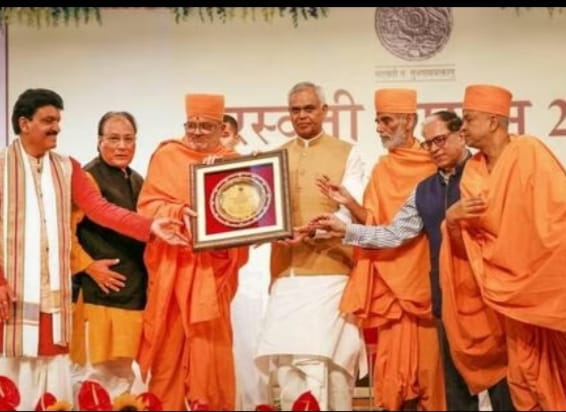
.jpeg)

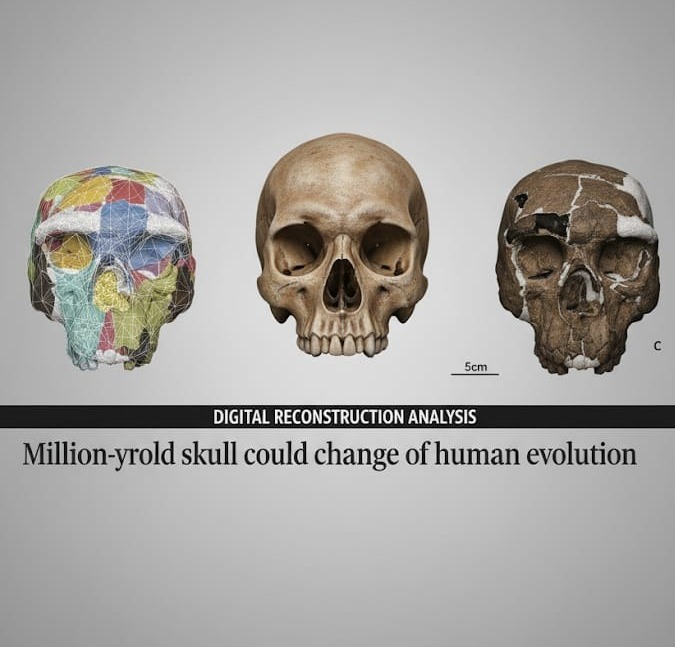
.jpeg)


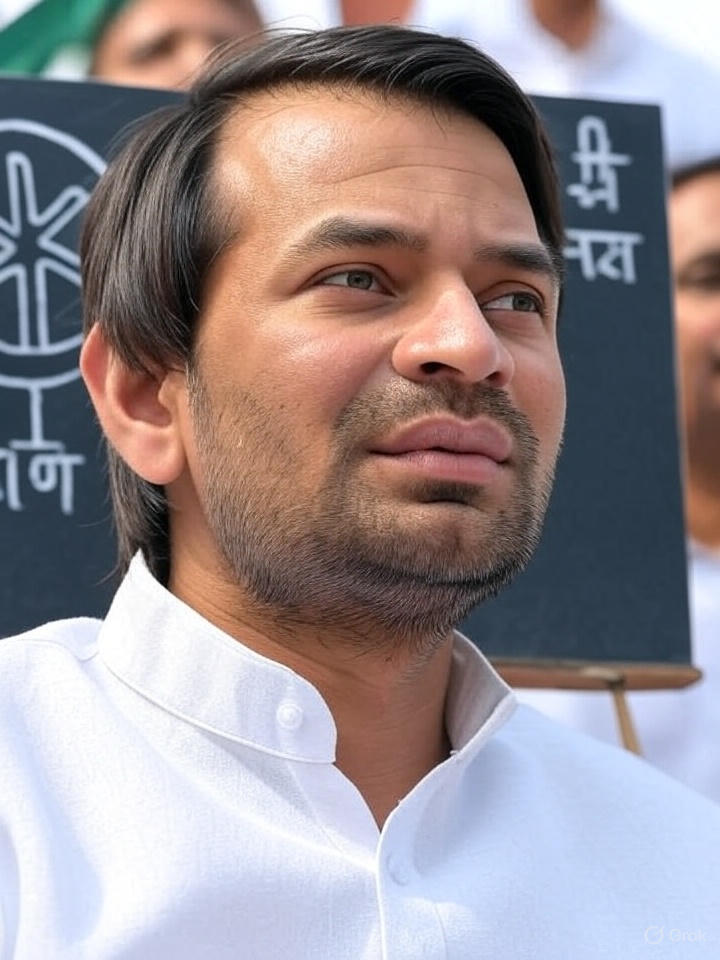
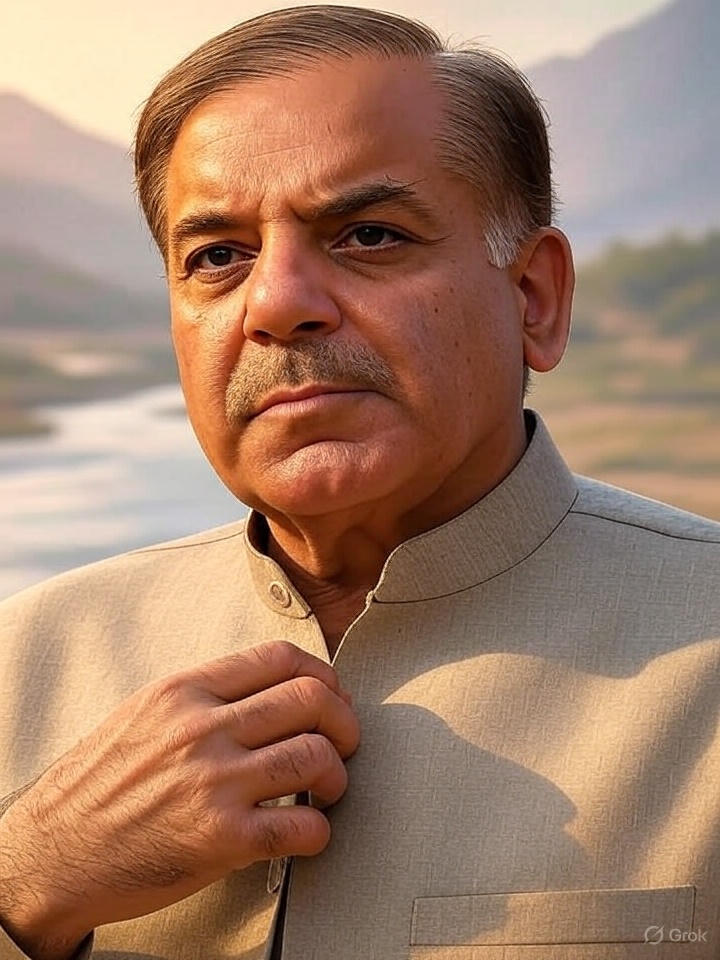
.jpeg)
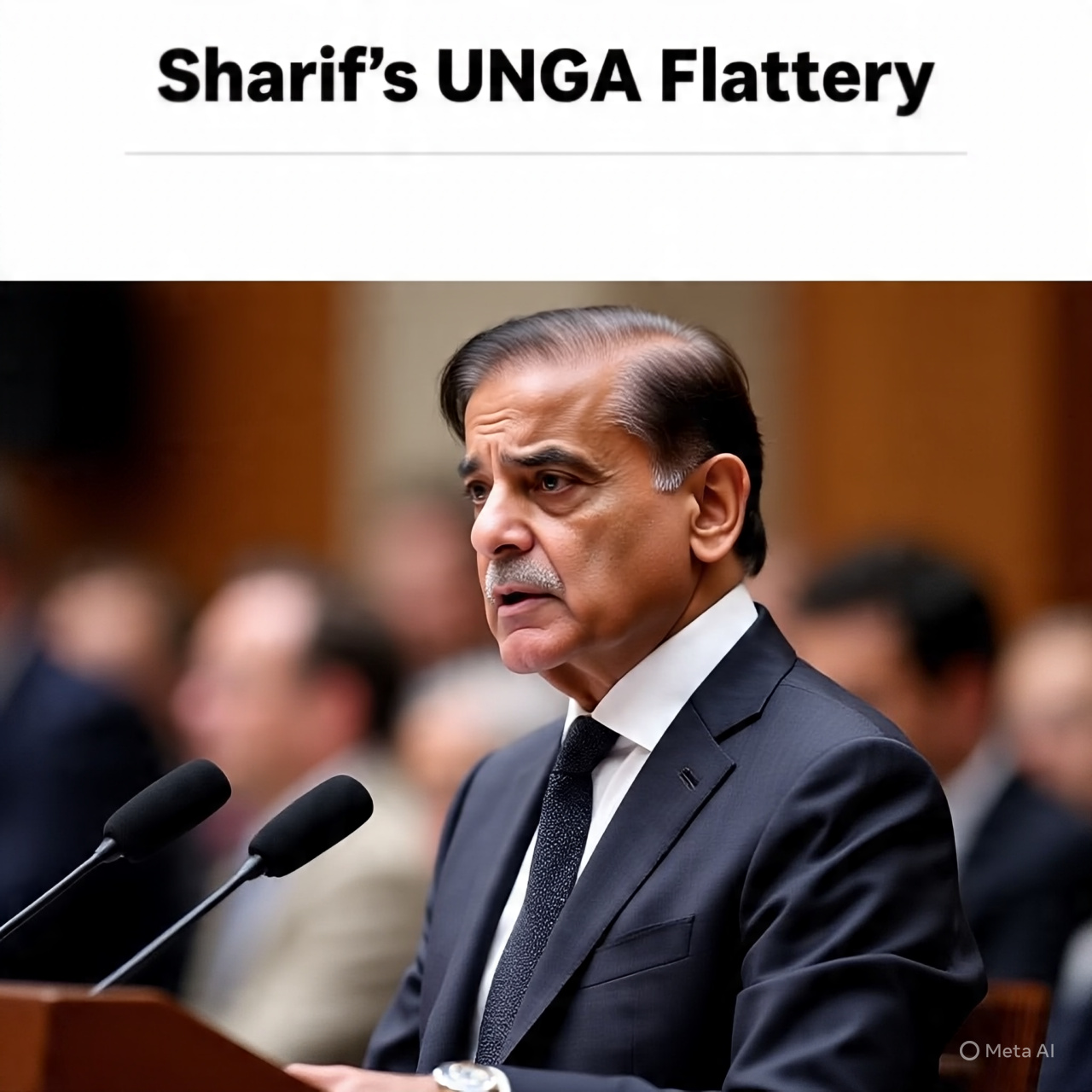
.jpeg)
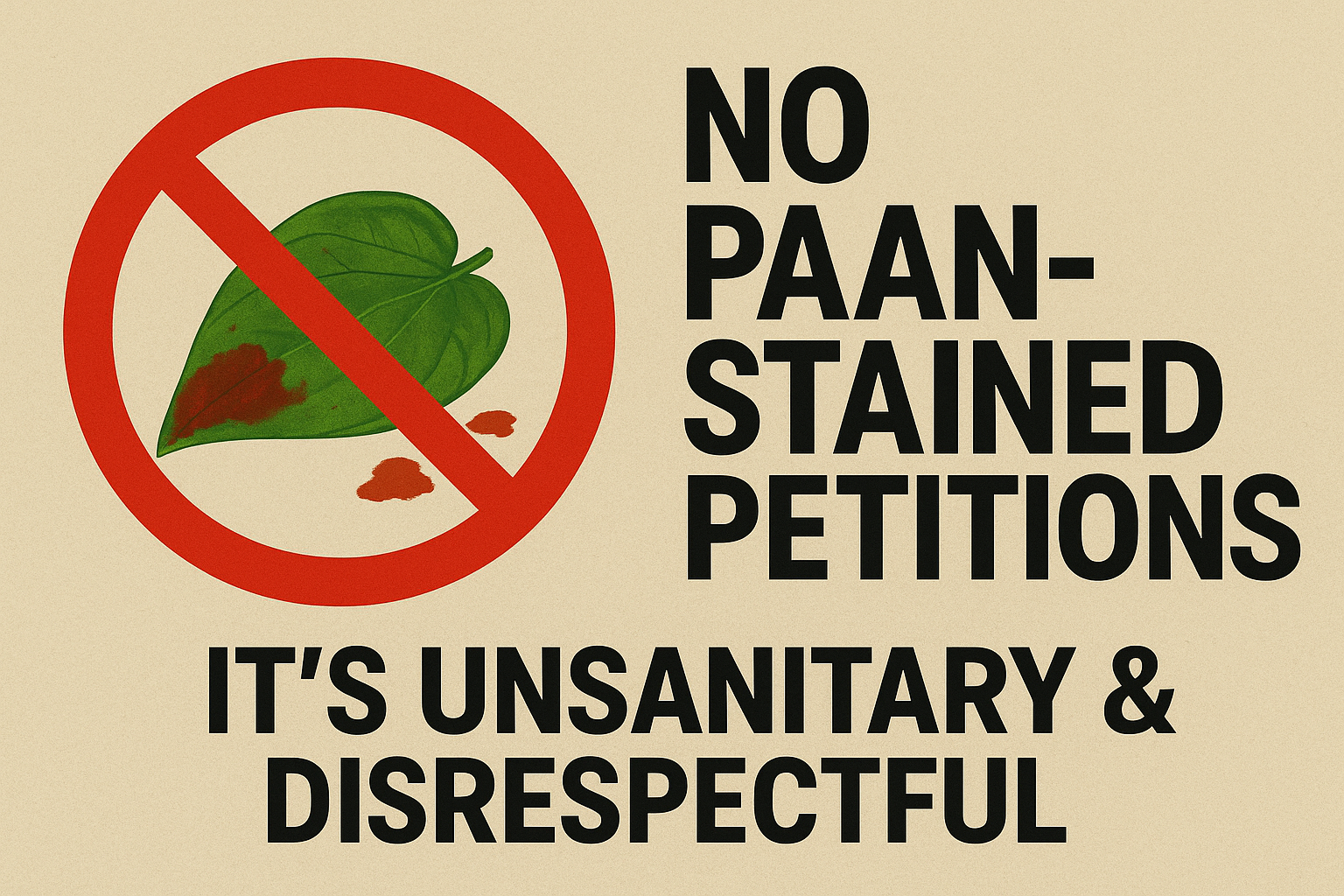

.jpeg)

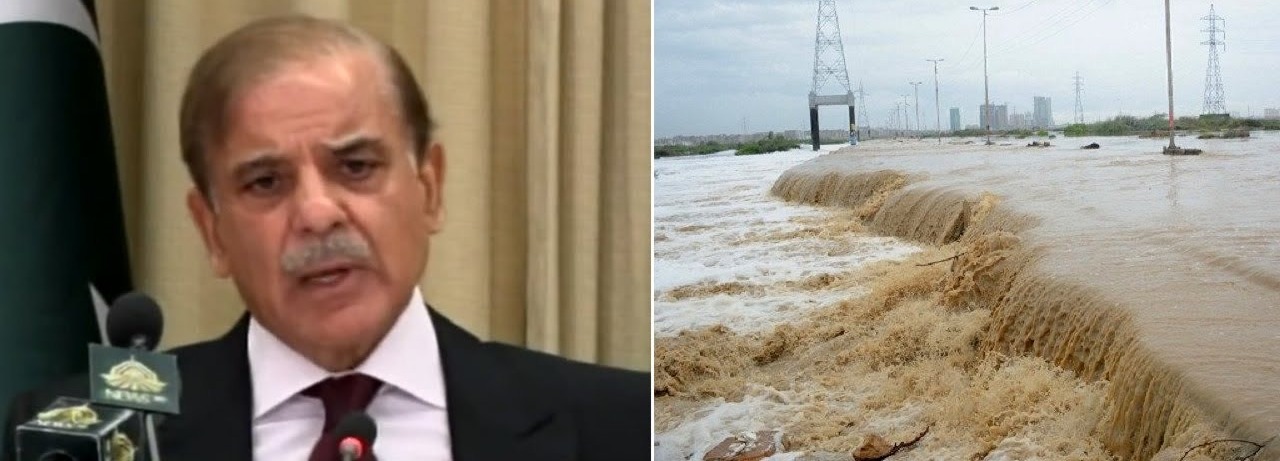
.jpeg)
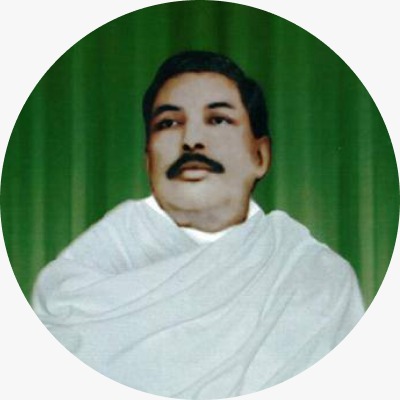
.jpeg)